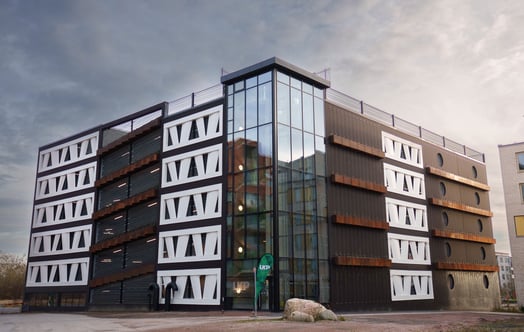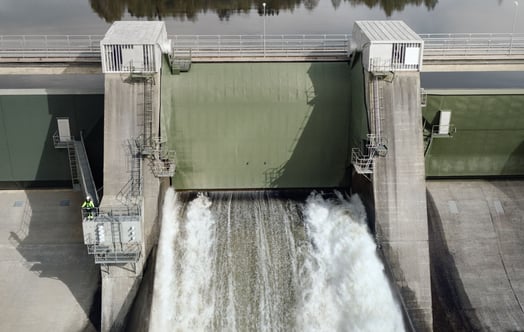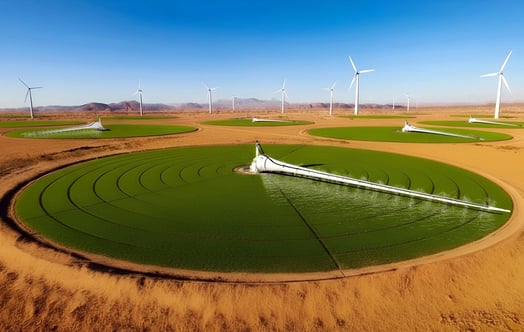
Vesterhav Syd, just off the coast of Denmark, is one of Vattenfall's offshore wind farms. It produces not only fossil-free electricity, but also food in form of seaweed. In fact, the Wind Farmed Seaweed Snacks made with this seaweed are so good that Samuel L. Jackson – iconic actor, former marine biology student and star of Vattenfall's latest campaign – describes it as “some serious gourmet sh*t”.
Fossil-free electricity production requires space for solar and wind farms. How can we make the most of these areas for energy production? This question was the starting point for the WIN@sea project. Vattenfall's offshore wind farms, Danish Kriegers Flak and Vesterhav Syd in Denmark, already deliver fossil-free electricity—but could the areas contribute to something else as well?
Would you like to read more articles like this? Sign up for THE EDIT, your monthly briefing on the journey to fossil freedom.
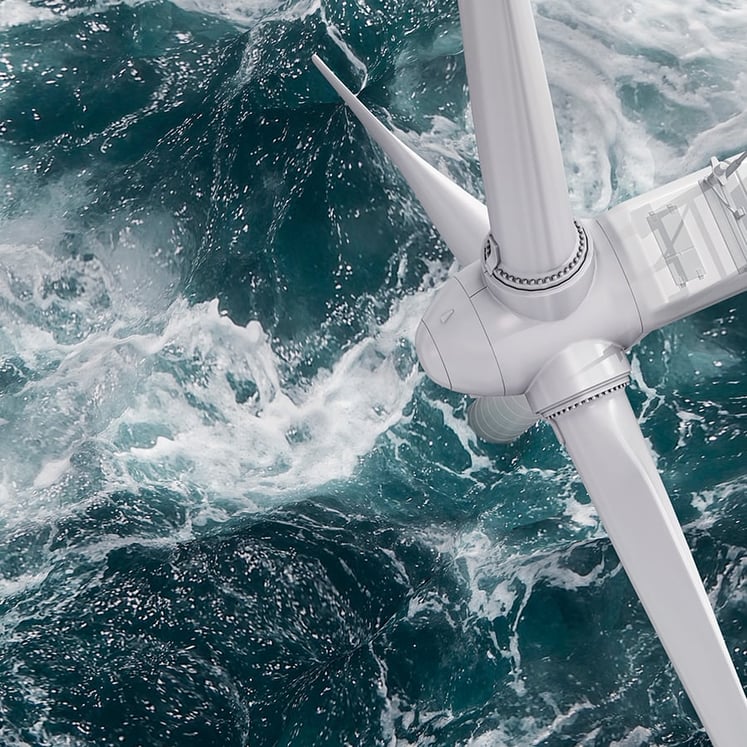
More efficient use of space
Annette Bruhn, a researcher at Aarhus University and an expert on seaweed and seaweed farming, had been working for years to convince offshore wind power companies about the potential of combining electricity production with food production from seaweed and mussels. It wasn't until she approached Vattenfall that she finally succeeded.
She and her team have now been leading the WIN@sea project at Danish Kriegers Flak more than halfway through its four-year lifespan – adding Vesterhav Syd to the project last year. For Bruhn, WIN@sea is focused on intelligently utilising areas that are already in use—and thus impact nature—for as many nature positive things as possible, a concept known as `marine multi-use`.
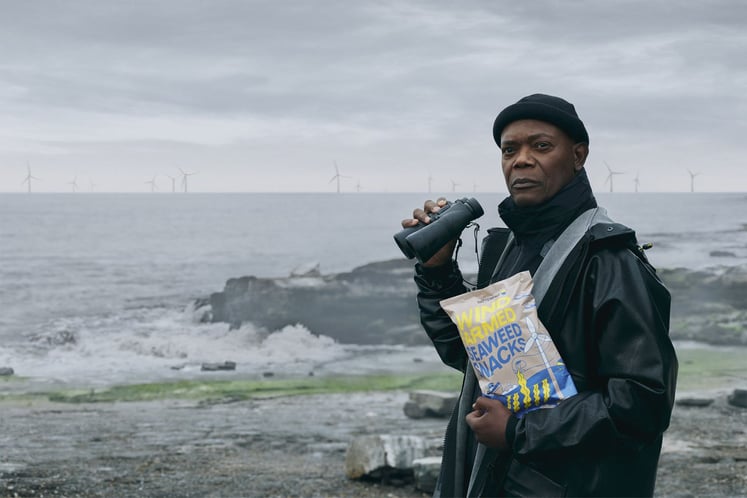
Up for a snack?
.Read more about the Wind Farmed Sea Weed Snacks on Vattenfall's campaign page.
"Conditions for seaweed production are not necessarily ideal at all wind farms. But if you have an area at sea that’s already dedicated to some human use, it makes sense, in our opinion, to see if we can then concentrate other activities there too. In this way we can use the space more efficiently, and other areas can be protected. It's a dual concept of limiting or concentrating human access in some areas so you can reduce human access to other areas."
Sustainable energy and food at the same site
From a research perspective, wind farms can be used to monitor the marine environment and collect biodiversity data. From an environmental perspective, seaweed and mussel production can help regenerate the surrounding marine environment, while absorbing carbon dioxide and excess nutrients from the water. These are just two potential opportunities, over and above the basic purpose of producing fossil-free electricity.
"If we can combine things in the right, most intelligent way, we’ll be able to produce both fossil-free electricity and sustainable food in the same area. We may also be able to reduce carbon emissions and save money by using the same vessels and the same crew for both purposes."
Important lessons for the future
WIN@sea has had two seaweed seasons and one mussel season, and Bruhn and the team are starting to see results. Their work now involves analysing food production safety and growth models and developing tools to test the method more widely. A comprehensive life cycle analysis is also being carried out to figure out how the dual use of the marine space can have the most positive impact on both the economy and the environment. There will be new seaweed deployed at Vesterhav Syd in the fall, but cultivation activities have ended at Kriegers Flak in July 2025.
One of Kriegers Flak’s particular challenges has been the low salinity of the Baltic Sea’s brackish water, which has a negative impact on mussel and seaweed growth. But WIN@sea isn’t focused on commercial production here and now—it’s primarily a pilot project that will inform future initiatives.
"We knew from the start that Kriegers Flak was not going to be an optimal place to cultivate seaweed and mussels. But it’s been really valuable to test the interactions of the multi-use sharing of infrastructure, people, and services. The results are also valuable because they feed into a framework that enables us to identify favourable and unfavourable places to produce seafood. This helps us stop any sort of cultivation efforts in areas where it doesn't make sense. And then we look forward to continuing the work at Vesterhav Syd, where salinity the of the North Sea is higher and nutrient availability is greater".
Perhaps the most important result has been to prove that it is indeed possible to combine off-shore electricity and food production.
Positive impact on marine environment
Bruhn is also noticing a lot of international interest in the project. Given that new licences for offshore wind farms require evidence of a positive or at least neutral effect on the environment, projects like WIN@sea point to a potential way forward.
"Our model can show where you achieve the best yield of mussels and seaweed, and also where you have the highest uptake of nitrogen and phosphorus. This demonstrates that these types of projects can have a positive impact on the marine environment and can also help identify the ecological balance, so you know what scale of mussels and seaweed production can be established in a given area without disturbing the balance of the existing ecosystem."

Annette Bruhn, researcher at Aarhus University and an expert on seaweed farming.

